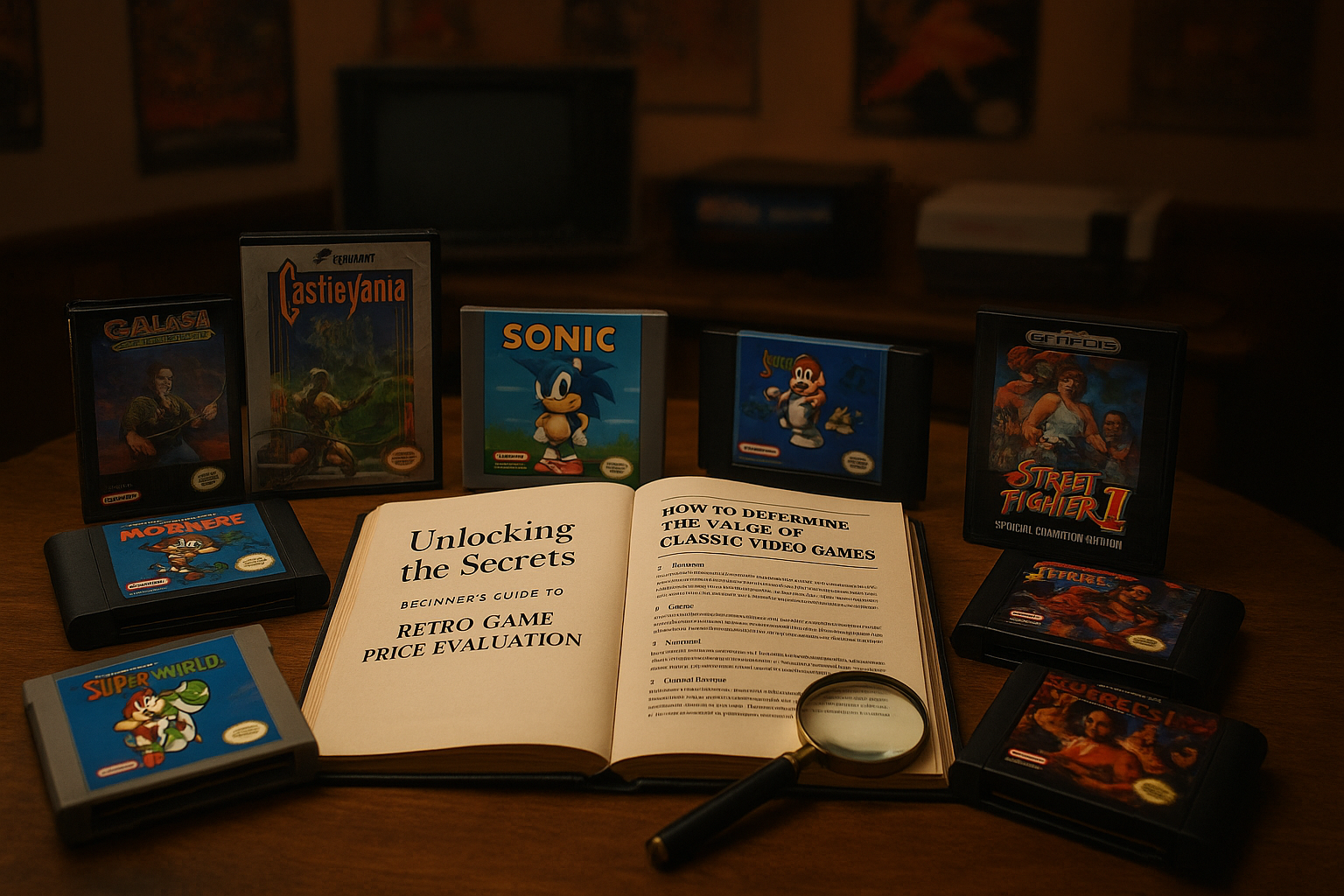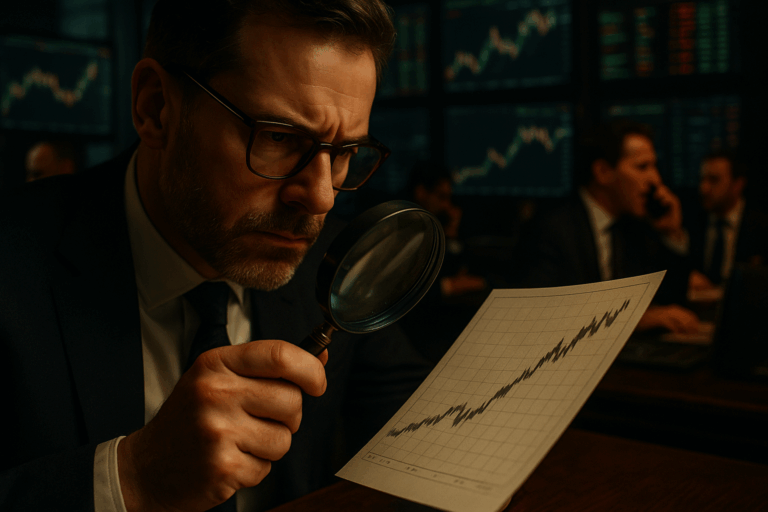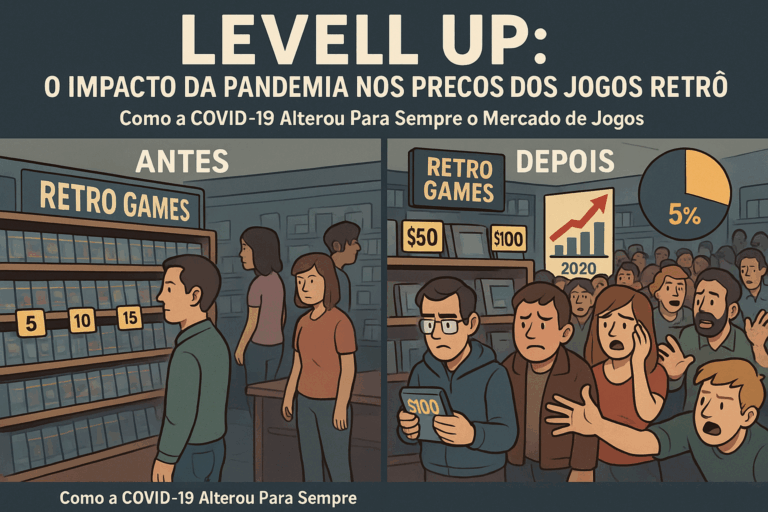The allure of nostalgia is powerful, and nowhere is it more evident than in the resurgence of classic video games. From the pixelated adventures of Mario and Luigi to the high-speed escapades of Sonic the Hedgehog, the timeless appeal of retro games has seen their prices soar in the market. But how can you, a fledgling collector or seller, accurately determine the value of these treasured artifacts of digital entertainment? Welcome to “Unlocking the Secrets: Beginner’s Guide to Retro Game Price Evaluation – Learn How to Determine the Value of Your Classic Video Games!”
Video games are more than mere entertainment. They represent a form of interactive art that has evolved over the decades, leaving an indelible mark on popular culture. As a result, retro games, with their charmingly simplistic graphics and gameplay, have become highly sought after, not just as nostalgic mementos, but as lucrative investments. The price evaluation of these vintage gems, however, can be a maze of factors and conditions that may daunt the uninitiated. Through this comprehensive guide, we aim to unravel the intricacies of this fascinating subject, presenting you with a roadmap to navigate the sometimes murky waters of retro game price evaluation.
In the ensuing sections, we will delve into critical factors like rarity, condition, and demand that significantly influence the price of retro games. We will guide you through the steps to evaluate the worth of your collection accurately and provide tips on where and how to buy or sell these classic games for a fair price. Moreover, we’ll explore the history and economics of retro gaming, to give you a deeper understanding of the market dynamics at play. So, whether you’re a casual gamer looking to monetize your nostalgic hobby, or a serious collector aiming to expand your retro gaming empire, this guide promises to equip you with the knowledge and tools to achieve your goals. Get ready to power-up, press ‘start’, and let the game of retro video game price evaluation begin!
## Understanding Retro Game Price Evaluation
Retro game collecting is a hobby that continues to grow in popularity. However, determining the value of a retro video game isn’t as straightforward as one might think. It involves understanding various factors such as condition, rarity, and market demand. In this guide, we’ll demystify the process and provide a comprehensive approach to evaluating the price of retro video games.
### Condition and Completeness
When evaluating a retro game’s price, the first factor to consider is the game’s condition. A game in pristine condition will always fetch a higher price compared to one that shows signs of wear and tear. Completeness also plays a significant role in the game’s value. A complete set typically includes the original box, manual, and any extra inclusions that came with the game.
It’s worth noting that the difference in price between a complete set and a loose cartridge can be substantial. To illustrate this, let’s take a look at the table below:
| Game Title | Loose Cartridge Price | Complete Set Price |
|---|---|---|
| Super Mario Bros (NES) | $20 | $60 |
| The Legend of Zelda: Ocarina of Time (N64) | $30 | $80 |
As you can see, the price difference can be quite significant. For a more visual guide on how to evaluate a game’s condition and completeness, check out the video “How to Grade Your Video Games” by GameSpot, available on YouTube.
### Rarity and Demand
The rarity of a game is another major factor that affects its price. Limited edition releases, promotional copies, and games that had a low production run are usually more valuable due to their rarity. However, rarity alone doesn’t dictate a game’s price. The game also needs to be in demand.
Demand can be influenced by a variety of factors, such as the game’s quality, nostalgia, and historical significance. For instance, a game that received poor reviews upon release might not be in high demand, regardless of its rarity. Conversely, a popular game that had a large production run might still be in high demand due to its nostalgic value.
| Game Title | Rarity | Demand | Price |
|---|---|---|---|
| Stadium Events (NES) | High | Low | $13,000 |
| Pokemon Red (GB) | Low | High | $25 |
For a more in-depth look at the relationship between rarity and demand, I recommend the video “How To Determine Rarity of a Game?” by Retro Rick, available on YouTube.
### Using Online Tools for Price Evaluation
In the digital age, there are numerous online tools available to help collectors evaluate the price of their retro games. Websites like PriceCharting and GameValueNow provide up-to-date price listings for thousands of games across various platforms. These tools use data from online marketplaces like eBay to calculate average prices, providing a ballpark figure for a game’s value.
Here’s an example of how to use such a tool:
- Go to the PriceCharting website.
- Enter the game’s title in the search bar.
- Select the correct game from the search results.
- Check the listed prices for loose, complete, and new condition.
For a step-by-step guide on how to use these tools, check out the video “How To Use Game Value Now To Price Your Video Game Collection” by Radical Reggie, available on YouTube.
Remember, while these tools can provide a useful starting point, they should not be the only factor in determining a game’s price. Factors such as condition, rarity, and demand should also be taken into account.
### In Summary
Retro game price evaluation involves understanding a variety of factors, including the game’s condition, rarity, and market demand. By using online tools and keeping up-to-date with market trends, collectors can make informed decisions about the value of their retro games. But remember, the value of a game ultimately comes down to what someone is willing to pay for it. Happy collecting!
Remember to check out the “How To Use Game Value Now To Price Your Video Game Collection” by Radical Reggie on YouTube for a more visual guide on using online tools for price evaluation.
To wrap up, here’s a checklist to help you in your retro game price evaluation journey:
- Assess the game’s condition and completeness.
- Determine the game’s rarity and demand.
- Utilize online tools for a ballpark figure.
- Always remember, the value of a game is ultimately what someone is willing to pay for it.

Conclusion
In the world of retro video game collecting, understanding the factors that influence the price of a game is crucial. We have delved into the various aspects that contribute to a game’s value, including its condition, completeness, rarity, and demand. The significance of these factors cannot be overstated. It is the combination of these elements that ultimately determines a game’s value.
The condition and completeness of a game often play the first and most visible role in determining its price. A game in pristine condition, complete with its original box, manual, and any additional inclusions, is undeniably more valuable than a game showing signs of wear and tear or one that is missing components. This factor alone can substantially affect a game’s price, as evidenced in the price comparison between loose cartridges and complete sets for games like Super Mario Bros and The Legend of Zelda: Ocarina of Time.
The rarity and demand of a game, too, significantly impact its price. Limited edition releases, promotional copies, and games with low production runs tend to command higher prices due to their scarcity. However, it is not rarity alone that dictates a game’s price; demand plays an equally crucial role. A game’s quality, nostalgic value, and historical significance are just a few factors that can influence its demand. Case in point, a rare game like Stadium Events may not command a high price due to its low demand, while a game with a high production run like Pokemon Red may still be in high demand due to its nostalgic value.
In the digital age, a variety of online tools have made the process of evaluating retro game prices more accessible. Websites like PriceCharting and GameValueNow provide up-to-date price listings for a vast array of games across various platforms, offering a ballpark figure for a game’s value. While these tools are helpful, it is important to remember that they should serve as a starting point, with factors such as condition, rarity, and demand considered in the evaluation.
As we wrap up this comprehensive guide to retro game price evaluation, it is worth noting that the true value of a game ultimately comes down to what a collector is willing to pay for it. The joy and nostalgia that these games bring to collectors often transcend monetary value.
I hope this guide has provided valuable insights and tools to aid in your retro game collecting journey. I encourage you to dive deeper into this fascinating hobby, using resources like the videos mentioned throughout this article from YouTube channels GameSpot, Retro Rick, and Radical Reggie.
Remember, whether you’re a seasoned collector or a beginner just starting out, understanding the factors that influence the price of a retro video game is essential. Happy collecting!
Be sure to check out How To Use Game Value Now To Price Your Video Game Collection by Radical Reggie on YouTube for a more visual guide on using online tools for price evaluation. Feel free to share this article with fellow collectors, comment your thoughts, and apply what you’ve learned in your retro game collecting journey.
References:
– How to Grade Your Video Games by GameSpot
– How To Determine Rarity of a Game? by Retro Rick
– How To Use Game Value Now To Price Your Video Game Collection by Radical Reggie



